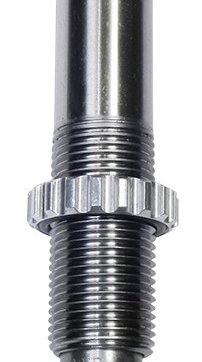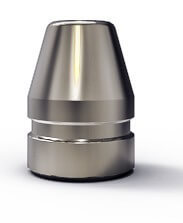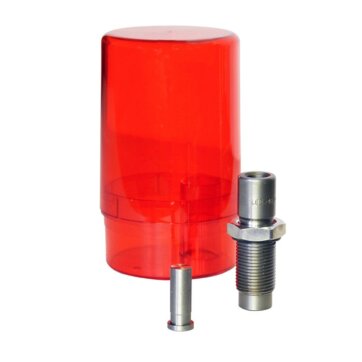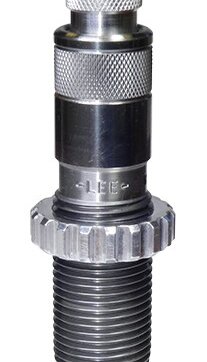Description
WHY YOU NEED
A CALIPER
by Duane Thomas
The classic dial caliper kind of looks like the love child of a slide rule and a clock, it has two parallel jaws, a dial with a rotating needle and a face that’s marked out in hundredths and thousandths of an inch, a long metal “slide” marked in inches and tenths of an inch along which the jaw and the dial move as a unit, and a knurled thumb knob you use to move the jaws/dial back and forth along the slide.
To figure out how long is the item you’re measuring – a loaded cartridge, let us say – place that item between the jaws, close them down using the thumb wheel til both jaws touch the cartridge, at base and bullet tip, then read the caliper. Let’s say the “slide rule” shows between 1.2” and 1.3”. The needle on the dial is sitting at .49”. Therefore the overall length (OAL) of that cartridge is 1.249”.
A lot of people, when they first begin handloading, will simply eyeball a round of factory ammo of the same type, for instance a round of .45 ACP hardball, get their .45 ACP hardball handloads so they look like they’re about the same length, and call it good. This is a terribly slapdash way to go about it. The dial caliper removes all guesswork.
Knowing the OAL of cartridges you handload is important for numerous reasons. To start with, it allows you to, as closely as possible, replicate the recipes in load manuals, which will include the OAL for that particular load. Turn out rounds much longer than recommended, they might not fit into your magazine, or bind up instead of feeding smoothly out of the mag. Too short and they may not feed well at all, and at the extreme could lead to dangerous over-pressure.
Eventually your own loading skills will become advanced enough, you may want to play around with various OALs yourself. Writing down the OALs of ammo you’ve loaded gives you invaluable data should you want to replicate those loads, yourself, at some later date. In essence, you can start building your own load manual, with records of loads that have worked well for you.
An option to the dial caliper is the digital caliper, on which the OAL is simply displayed on an LCD screen instead of having to read the ruler, the dial, then add the two numbers together. The dial caliper is a bit less expensive and doesn’t need batteries, the digital caliper is a little easier to use. Though the dial caliper is not hard. Six of one, half a dozen of another, I say.
In any event, a caliper, either dial or digital, is an absolutely indispensable piece of the well-equipped handloader’s tool kit.


![13462[1]](https://www.westernmetal.ca/wp-content/uploads/2022/08/134621.jpg)



